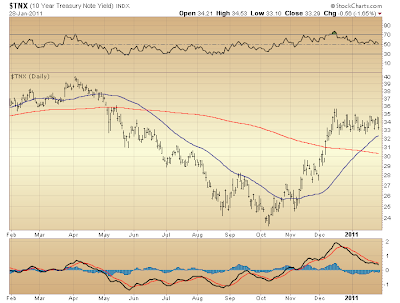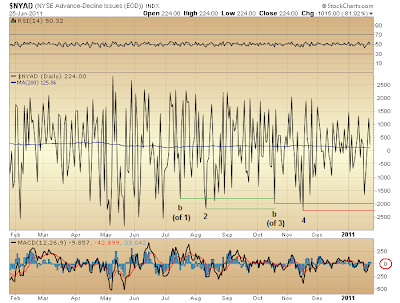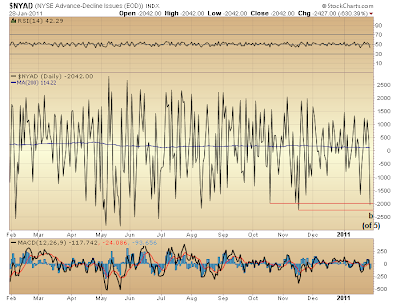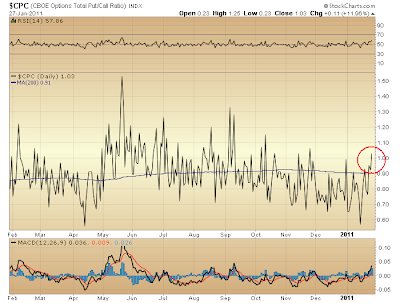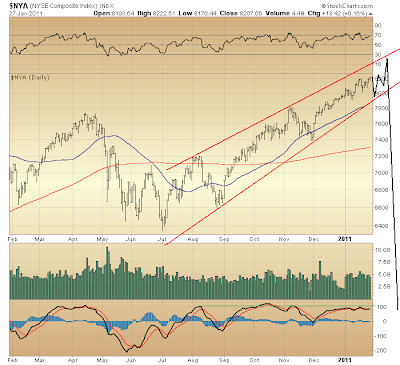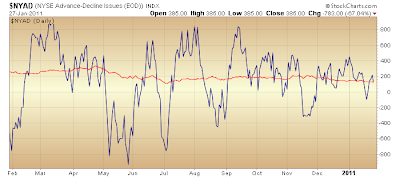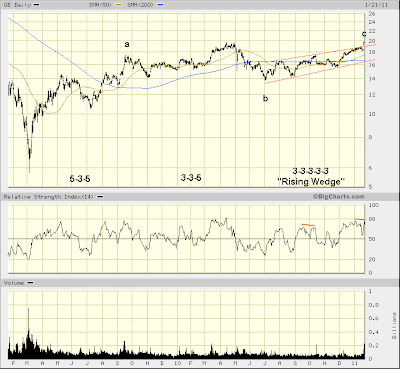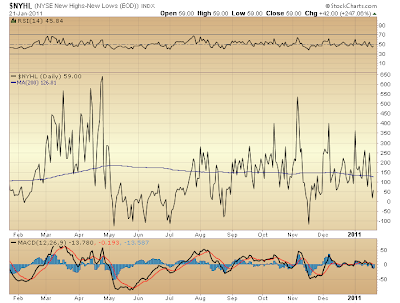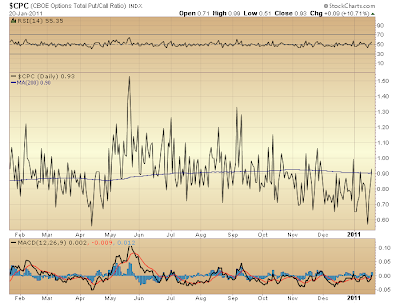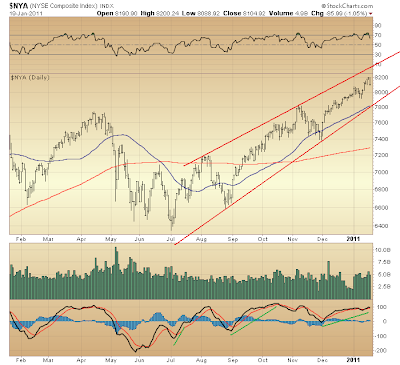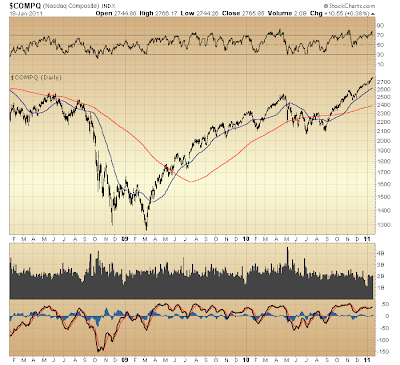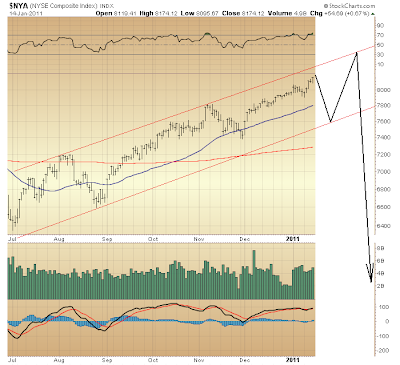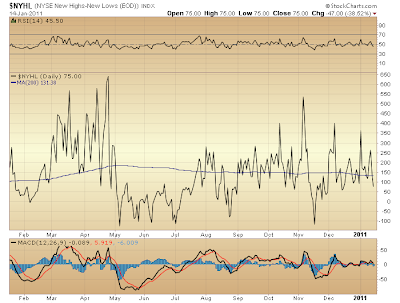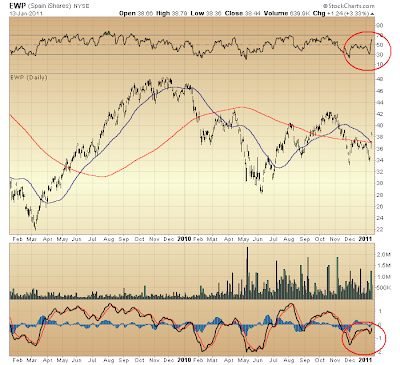Allow me to elaborate my sense of those bullish observers whom I recently have termed admirers of the tail of that mangy dog that is the grossly imbalanced, trans-Atlantic financial system. These are among the many monetarists who cling to a "recovery" theme by citing improvement in various measures of economic activity.
A critical dynamic threatening this group's common sense about the prospect for continued economic growth fails general recognition despite this dynamic's nature being laid bare for all to see during the financial crisis of 2008. Its overriding, negative portent, indeed, only has become more entrenched by way of the "bailout" regime.
For decades the U.S. physical economy has lacked capacity to generate such excess wealth as could support the mountain of debt built up over the interim since the Nixon administration trashed the post-WWII, Bretton Woods system of fixed exchange rates, and set the nation on course to becoming the world's most profligate consumer of foreign-produced goods ever. Yet were it not for the "securitization" regime fostered by Alan Greenspan, the size of that mountain of debt could not have reached the unprecedented heights it has, nor could the dismantling of the U.S. physical economy have gone to the depths it has. Make no mistake: the lure of profit (and power) from an inflating securitization regime effectively masked the physical economy's increasing, wealth-generating inadequacies.
Up until the 2006-2007 period (when the mountain of credit securities tied to "assets" of various sorts reached the peak of its growth) there existed power to effectively "paper over" all manner of securities that, increasingly faced impairment largely on account of such poor risk management as led to ever more concentrated, highly-correlated trades existing throughout a disproportionately burgeoning financial system (such as the likes of Alan Greenspan more or less institutionalized as a matter of standard practice during his tenure as Fed chairman). In the process a seemingly endless stream of liquidity proceeding from the "shadow banking system" fed price appreciation of physical and financial assets alike.
Yet with the implosion of the sub-prime mortgage market power to infinitely inflate the supply of credit securities was crushed.This power will not soon be restored. Vanquished is confidence in the securitization regime, as well as the viability of leverage added atop the physical economy.

So, badly exposed is the mountain of debt leveraging a physical economy that for decades has been incapable of producing excess wealth enough to maintain the currency of that debt. No longer, too, can this debt be easily papered over with new, liquidity-enhancing securities. Thus, failure — disappointment — throughout the capital structure will only intensify. This dynamic presently is being well-demonstrated by the spreading crisis in the euro-zone, as well as via the collapsing state of municipal finances here in the U.S.
The supposed economic improvement presently cited by many bullish observers is nothing more than a weakly wagging tail of a dog whose pulse is fainter than at any time over the past thirty years. Truth is the dog already is a goner.
Lacking capacity to resuscitate the shadow banking system's infinite multiplier — a feat not likely, given problems whose hurdling requires restoration of confidence in the many layers of that facilitating hierarchy whose every layer has been compromised — gobs of liquidity added by central banks and [increasingly gouged] taxpayers is making its way into the present, grossly imbalanced, economic and financial arrangement in a manner sure to kill the dog by broadening the shutdown of excess capacity presently existing on both physical and financial fronts. The further, chaotic shedding of this excess capacity is only a matter of time.
In other words, the response to the financial crisis of 2008 only has served to accelerate the trajectory toward the demise of the long-insolvent, trans-Atlantic economy.
Absent massive investment in transformative infrastructure projects aiming to increase the physical economy's efficiencies by orders of magnitude, debt built up over recent decades (and presently being increased via extraordinary measures attempting to salvage the unsalvageable) assuredly will become increasingly burdensome and further challenge the viability of all things built up in the era of "globalization," as well as over the entire post-WWII period.
Those who claim the threat of systemic collapse passed with the regulatory response to the financial crisis of 2008 are blowing smoke, resting their judgment in fantasy that, a post-industrial, service-based economy is capable of assuredly producing a stable climate wherein easily elevated is risk-taking confidence conducive to generating such wealth as alone can easily keep the weightiest of financial claims solvent. Clearly,
clearly,
clearly, the regulatory lapse that allowed formation of such frightful economic and financial imbalances as continue existing to the present day will by no means facilitate confidence necessary to sustain this now-badly-compromised arrangement indefinitely.
Furthermore, mere containment of profound economic and financial imbalances simply is not within the realm of possibility. Ask any Greek, Irishman, or Californian, if you don't believe me.
Indeed, the threat of systemic collapse never has been greater. That a solid majority of vested interests appears not to consider this risk even remotely possible should come as no surprise to anyone studied in "
Extraordinary Popular Delusions and the Madness of Crowds." Same $#!+, different day...
* * * * *
© The Risk Averse Alert — Advocating a patient, disciplined approach to stock market investing. Overriding objective is limiting financial risk. Minimizing investment capital loss is a priority.
Analysis centers on the stock market's path of least resistance. Long-term, this drives a simple strategy for safely investing a 401(k) for maximum profit. Intermediate-term, investing with stock index tracking-ETFs (both their long and short varieties) is advanced. Short-term, stock index options occasionally offer extraordinary profit opportunities when the stock market is moving along its projected path.
Nothing is set in stone. Nor is the stock market's path of least resistance always known. More often than not, there are no stock index option positions recommended. There's an easy way to boost your investment discipline...
There's an easy way to boost your investment discipline...
Get Real-Time Trade Notification!


 There's an easy way to boost your investment discipline...
There's an easy way to boost your investment discipline...
